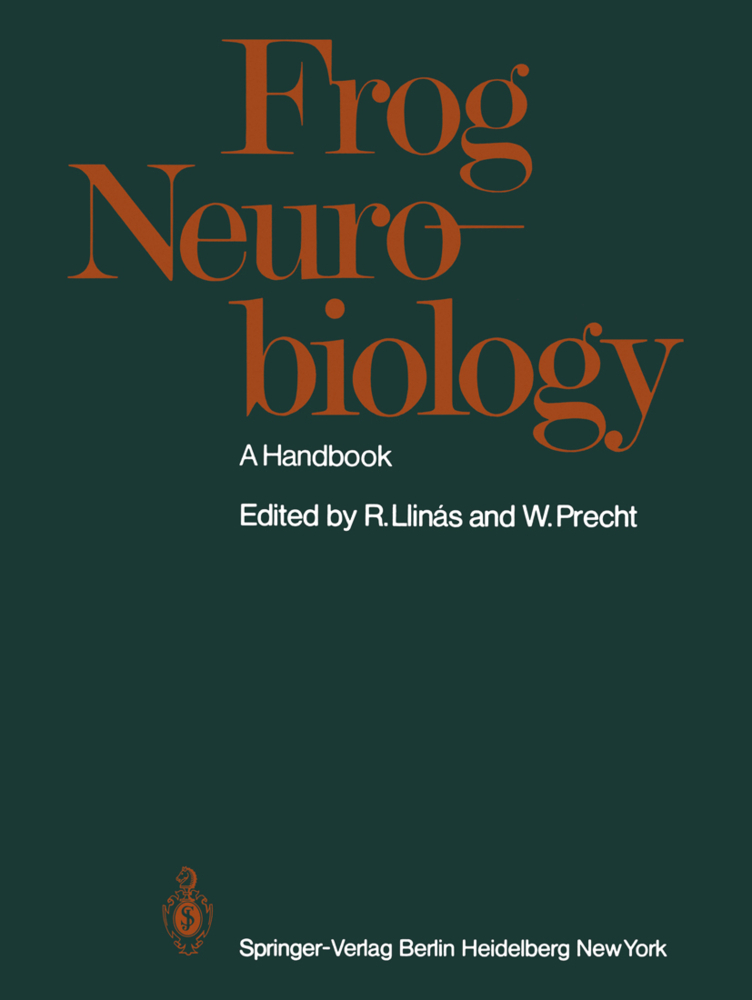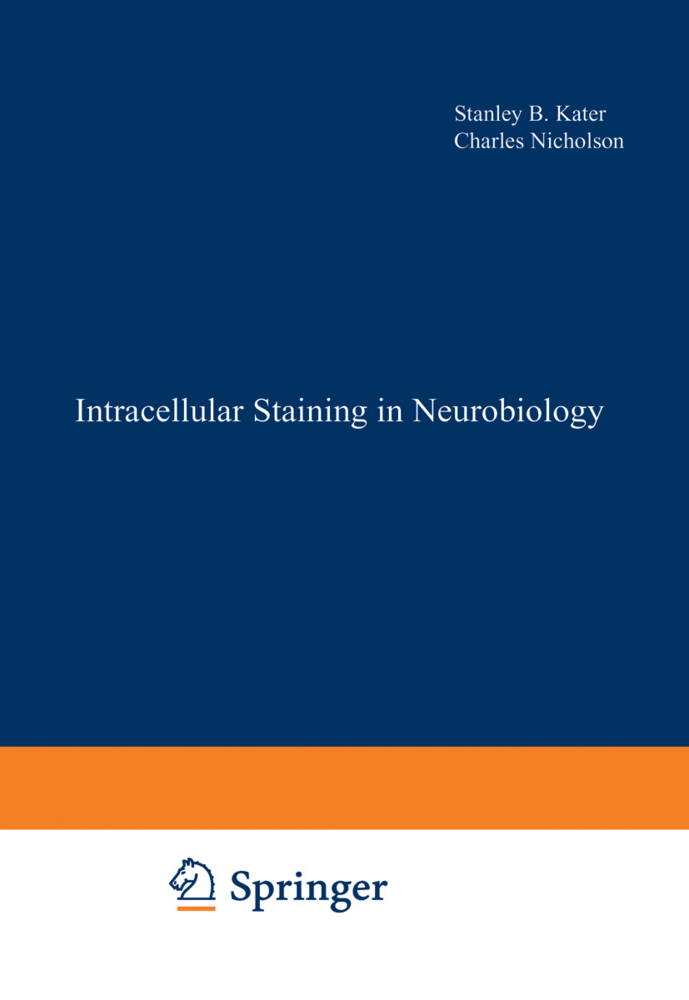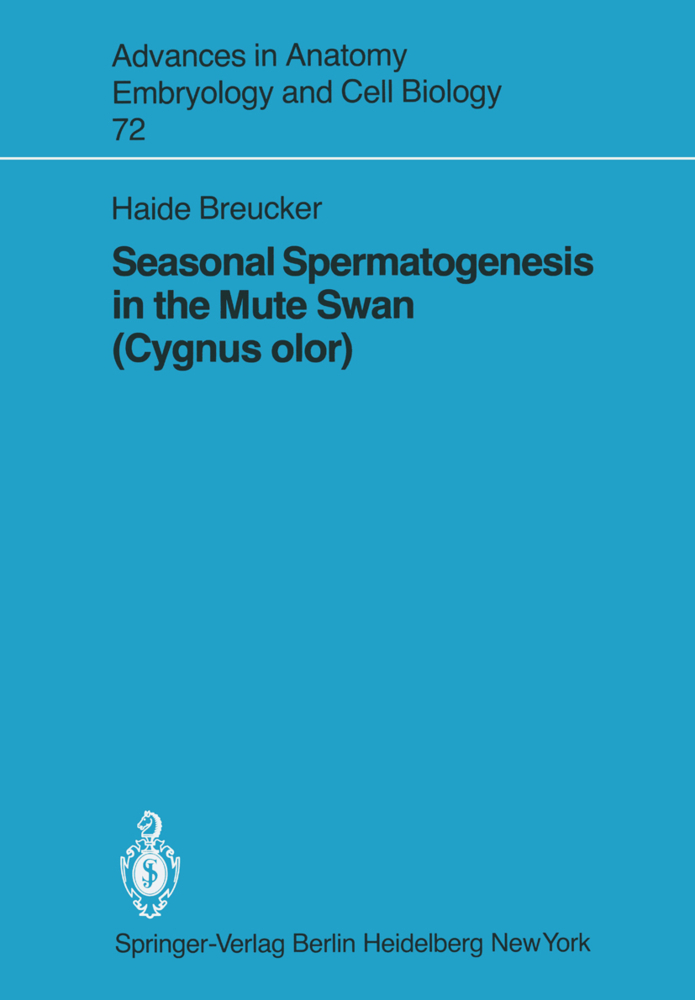Frog Neurobiology
A Handbook
Frog Neurobiology
A Handbook
In review, the amount of information available on the morphological and func tional properties of the frog nervous system is very extensive indeed and in certain areas is the only available source of information in vertebrates. Further more, much of the now classical knowledge in neurobiology was originally ob tained and elaborated in depth in this vertebrate. To cite only a few examples, studies of nerve conduction, neuromuscular transmission, neuronal integration, sense organs, development, and locomotion have been developed with great detail in the frog and in conjunction provide the most complete holistic descrip tion of any nervous system. Added to the above considerations, the ease with which these animals may be maintained (both as adults and during development) and the advantage of their lower cost as compared with other vertebrate forms make the frog one of the most important laboratory animals in neurobiology. With these thoughts in mind, we decided to compile this volume. Our goal in doing so was to assemble as much as possible of the information available on frog neurobiology and to have the different topics covered by authorities in each of the fields represented. To keep the handbook restricted to one volume, we found it necessary to omit the large field of amphibian muscle neurobiology, which has already been summarized in various other publications.
2. Neuromuscular Transmission
3. Morphology of the Autonomic Nervous Systems
4. Physiology of the Autonomic Nervous System
5. Structure and Function of the Epidermis
Section II. Sensory Systems
Olfaction
6. Structure of the Olfactory and Accessory Olfactory Systems
7. Physiology of Olfactory Reception
Vision
8. Visual Pigments and Photoreceptor Function
9. Physiology and Morphology of the Retina
10. Neurophysiology of the Anuran Visual System
11. The Optic Pathway of the Frog: Nuclear Organization and Connections
12. Cellular and Synaptic Architecture of the Optic Tectum
13. Behavioral Correlates of Central Visual Function in Anurans
Vestibular and Lateral Systems
14. Morphology of Peripheral and Central Vestibular Systems
15. Physiology of the Peripheral and Central Vestibular Systems
16. Amphibian Lateral Line Receptors
Auditory System
17. Morphology and Physiology of the Auditory System
Gustatory System
18. Physiology of the Gustatory System
19. Morphology of Gustatory Organs
Cutaneous Receptors
20. Pain and Temperature Receptors of Anurans
21. Cutaneous Mechanoreceptors
Muscle Spindles
22. Morphology and Physiology of Muscle Spindles
Section III. Nervous System Spinal Cord
23. Morphology of the Spinal Cord
24. Ultrastructural Features of the Spinal Cord
25. Functional Synaptology of the Spinal Cord
26. Electrical Properties of Spinal Motoneurons
27. Organization of Locomotion
28. Spinal Reflexes with Altered Periphery
Brain Stem
29. Structure of the Brain Stem
30. Metamorphic Changes in the Brain and Spinal Cord
Cerebellum
31. Morphology of the Cerebellar Cortex
32. Cerebellar Physiology
Development
33. Development of the Prosencephalon
Nonolfactory Corte
34. Organization of the "Nonolfactory" Telencephalon
Section IV. Neuroendocrinology
35. Neuroendocrinology
Section V. General Techniques
36. The Frog as an Experimental Animal.
Section 1. Peripheral Systems
1. Electrophysiology of the Peripheral Myelinated Nerve2. Neuromuscular Transmission
3. Morphology of the Autonomic Nervous Systems
4. Physiology of the Autonomic Nervous System
5. Structure and Function of the Epidermis
Section II. Sensory Systems
Olfaction
6. Structure of the Olfactory and Accessory Olfactory Systems
7. Physiology of Olfactory Reception
Vision
8. Visual Pigments and Photoreceptor Function
9. Physiology and Morphology of the Retina
10. Neurophysiology of the Anuran Visual System
11. The Optic Pathway of the Frog: Nuclear Organization and Connections
12. Cellular and Synaptic Architecture of the Optic Tectum
13. Behavioral Correlates of Central Visual Function in Anurans
Vestibular and Lateral Systems
14. Morphology of Peripheral and Central Vestibular Systems
15. Physiology of the Peripheral and Central Vestibular Systems
16. Amphibian Lateral Line Receptors
Auditory System
17. Morphology and Physiology of the Auditory System
Gustatory System
18. Physiology of the Gustatory System
19. Morphology of Gustatory Organs
Cutaneous Receptors
20. Pain and Temperature Receptors of Anurans
21. Cutaneous Mechanoreceptors
Muscle Spindles
22. Morphology and Physiology of Muscle Spindles
Section III. Nervous System Spinal Cord
23. Morphology of the Spinal Cord
24. Ultrastructural Features of the Spinal Cord
25. Functional Synaptology of the Spinal Cord
26. Electrical Properties of Spinal Motoneurons
27. Organization of Locomotion
28. Spinal Reflexes with Altered Periphery
Brain Stem
29. Structure of the Brain Stem
30. Metamorphic Changes in the Brain and Spinal Cord
Cerebellum
31. Morphology of the Cerebellar Cortex
32. Cerebellar Physiology
Development
33. Development of the Prosencephalon
Nonolfactory Corte
34. Organization of the "Nonolfactory" Telencephalon
Section IV. Neuroendocrinology
35. Neuroendocrinology
Section V. General Techniques
36. The Frog as an Experimental Animal.
| ISBN | 978-3-642-66318-5 |
|---|---|
| Artikelnummer | 9783642663185 |
| Medientyp | Buch |
| Auflage | Softcover reprint of the original 1st ed. 1976 |
| Copyrightjahr | 2012 |
| Verlag | Springer, Berlin |
| Umfang | XVI, 1048 Seiten |
| Abbildungen | XVI, 1048 p. |
| Sprache | Englisch |











